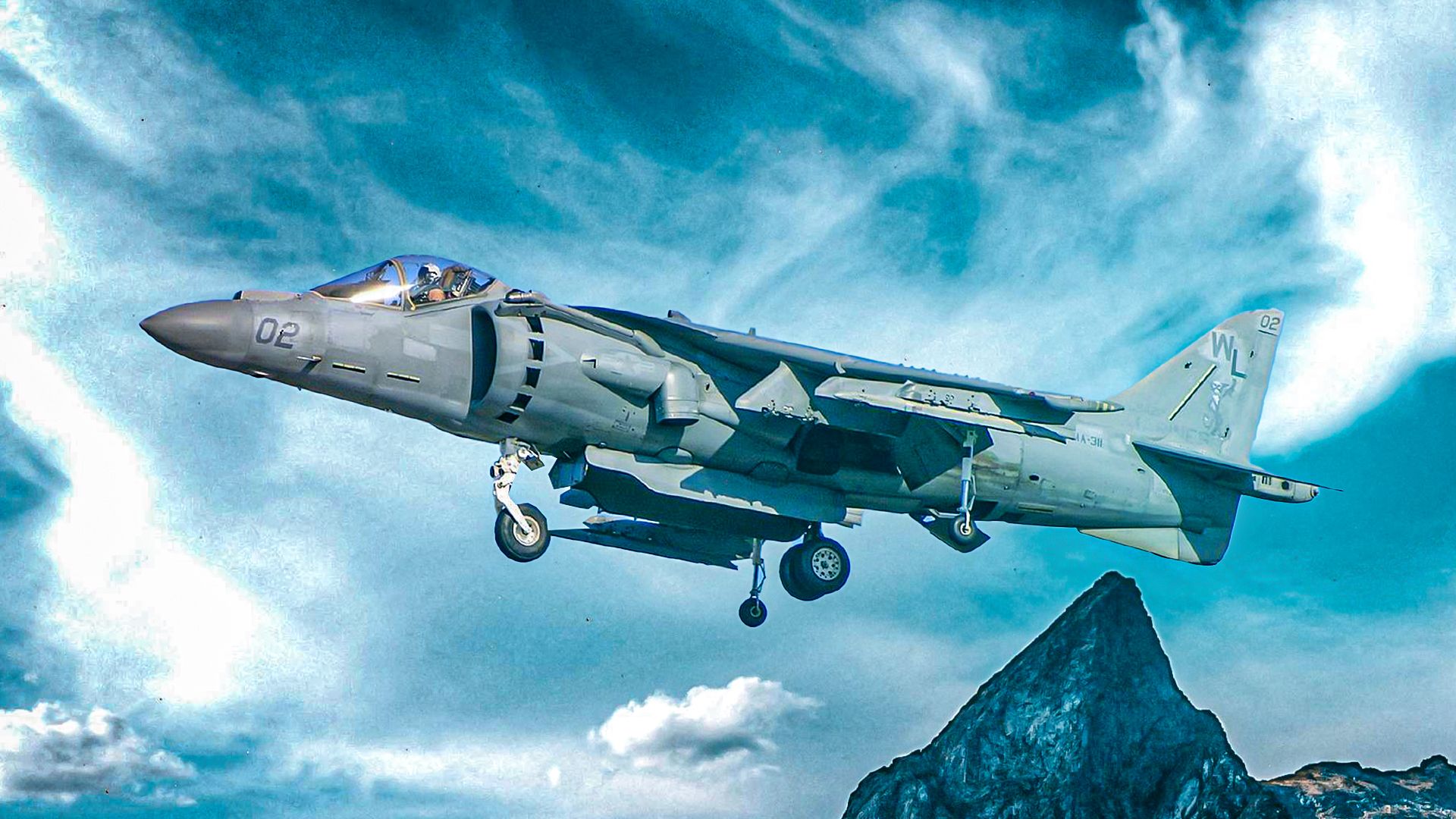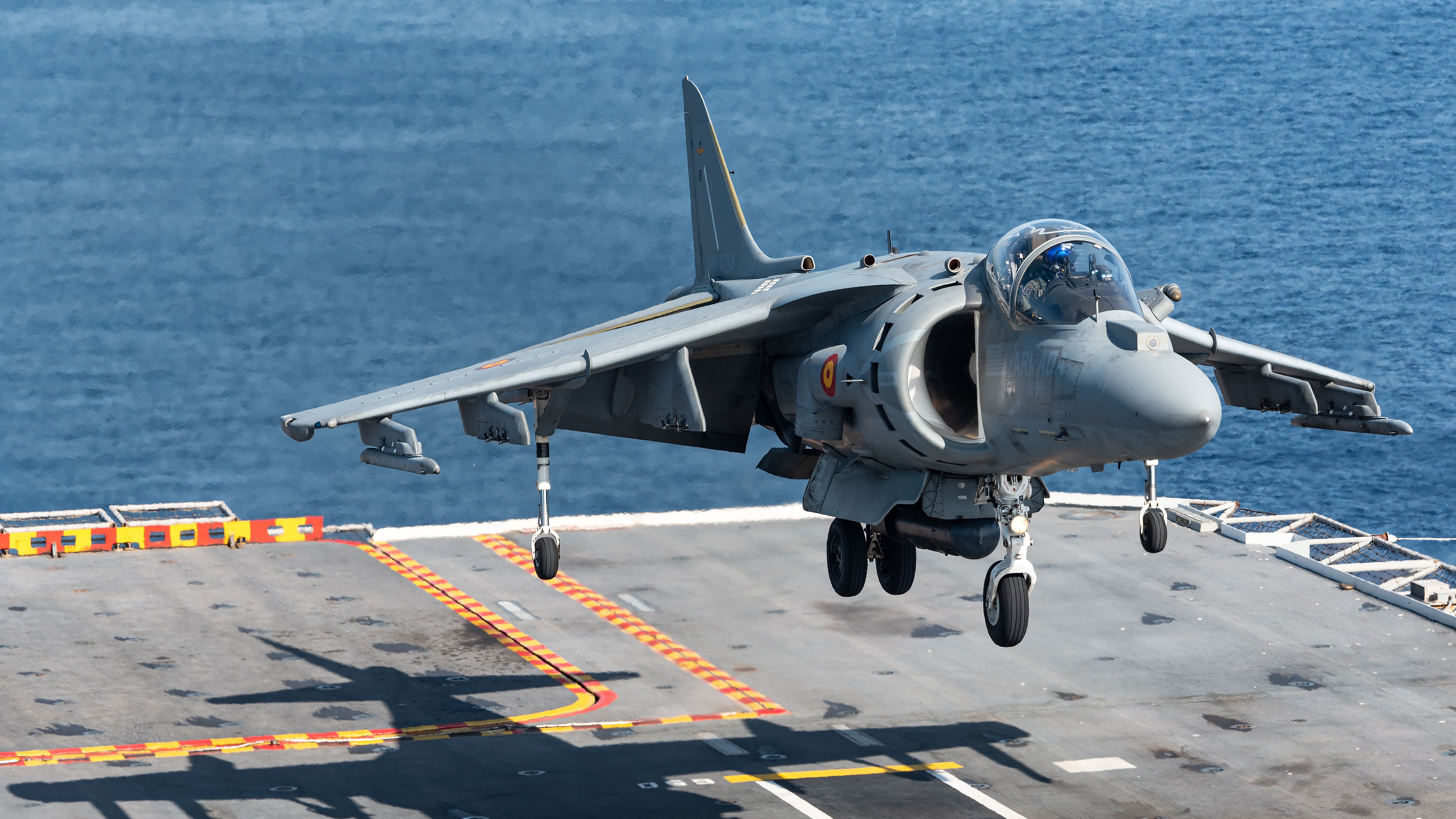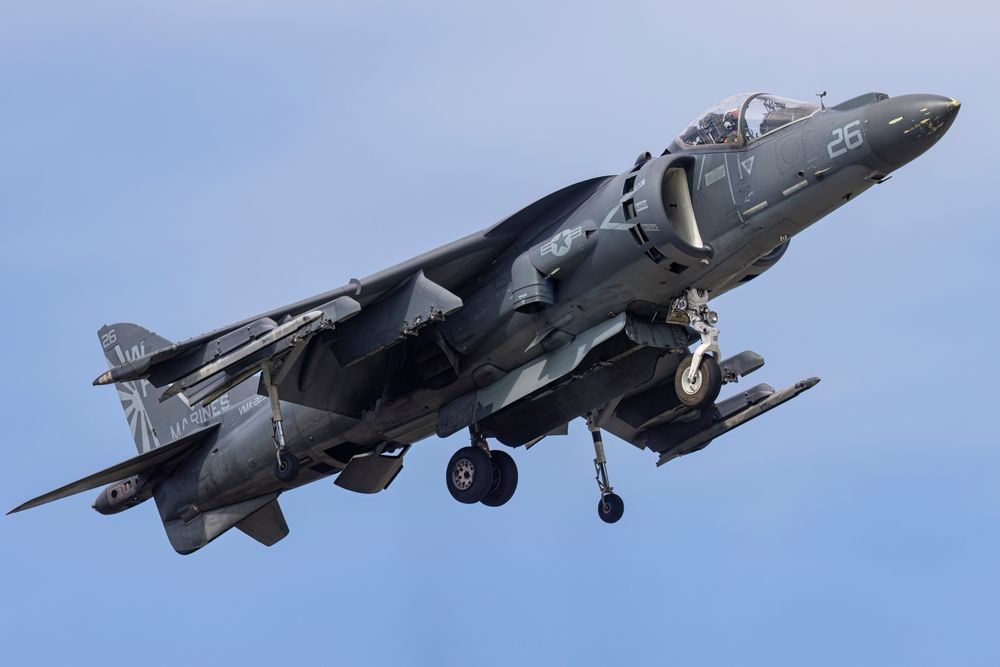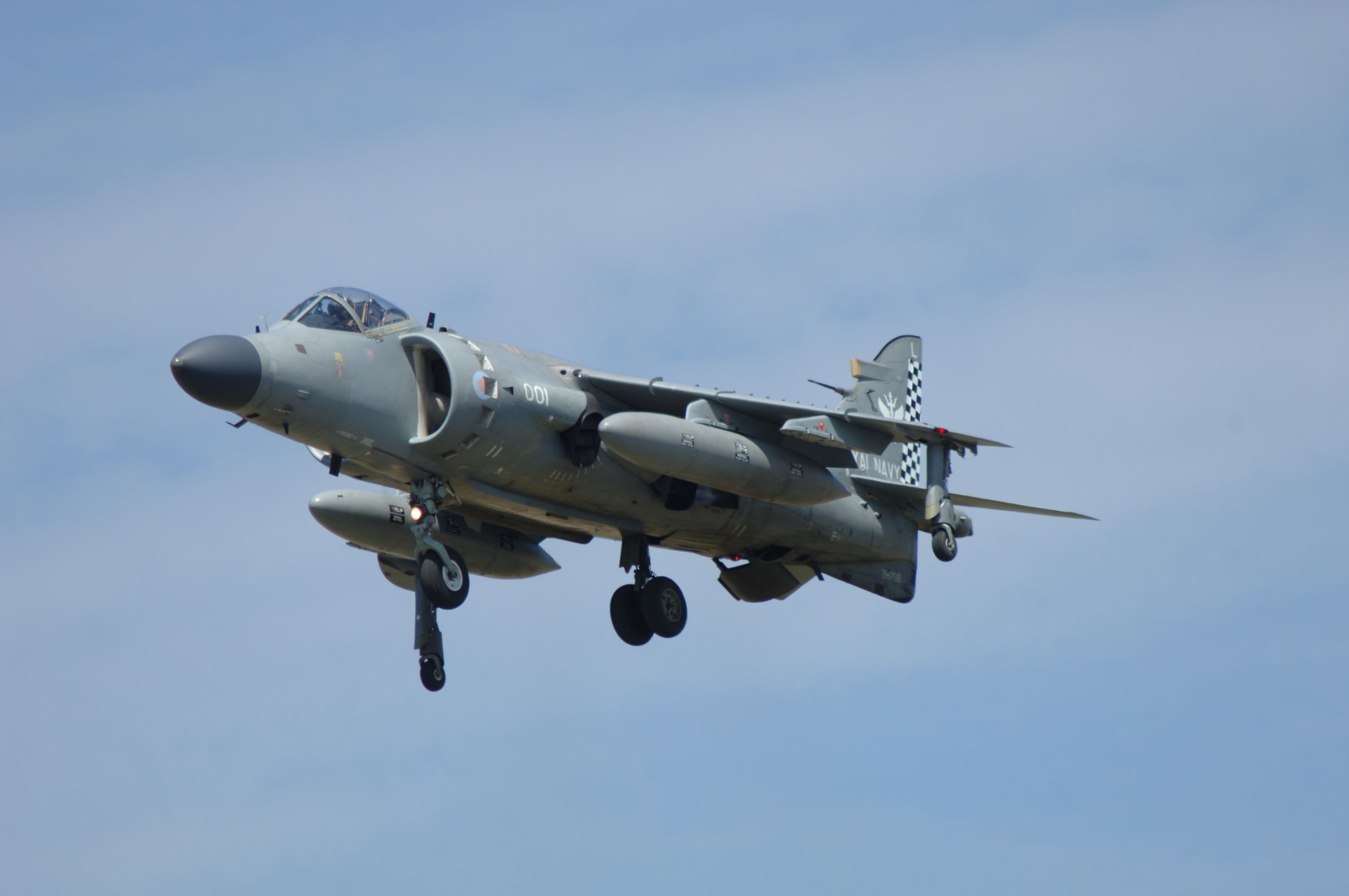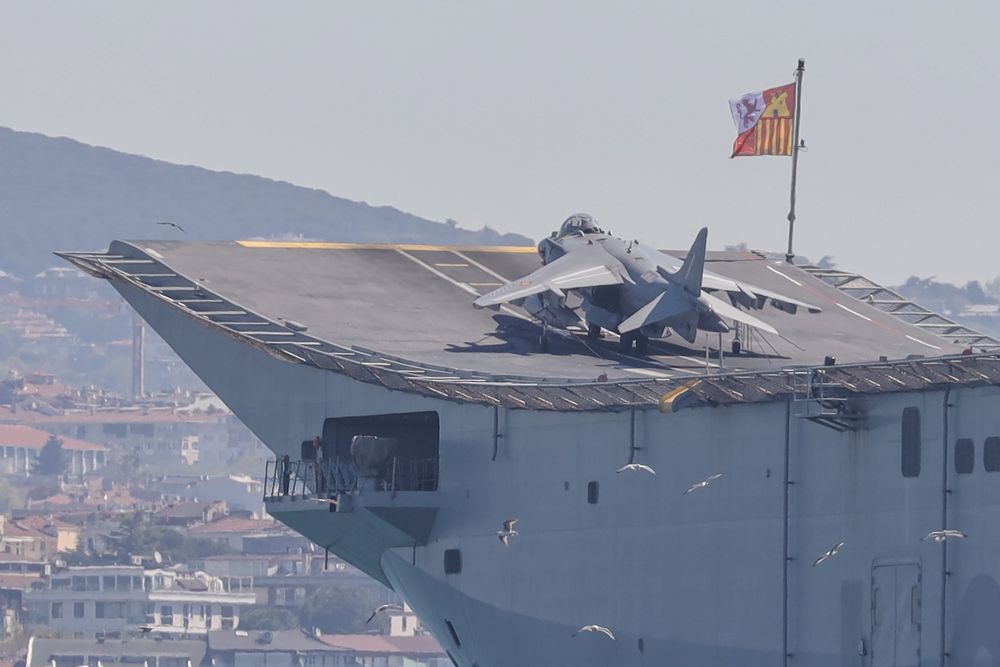Summary
- The AV-8B Harrier II is set to retire by 2026, with the US Marines transitioning to F-35B variants.
- The Harrier has been in service since the 1980s, with iconic moments like the Falklands War and the Alraigo Incident.
- Countries worldwide are retiring Harriers, with the Spanish Navy planning to be the last operator, keeping their fleet until 2030.
All good things come to an end. The Navy retired its F-14 Tomcats, the Air Force is progressively retiring its A-10 Warthogs and B-1 Lancers, and it’s only time until the Marines retire their Harrier jump jets. For now, the AV-8B II Harrier remains in service with the Marine Corps, but the clock is ticking. The Harriers are short takeoff and vertical landing (STOVL) aircraft designed to be able to operate off the Marines’ amphibious assault ships and the former Royal Navy’s small Illustrious-class carriers.
Last pilots trained, Harriers to retire in 2026
The Marines are gearing up for the retirement of the AV-8B Harrier II jump jet by the end of 2026. Out with the old and in with the new, the Marine Corps is transitioning to the larger and far more capable F-35B variant of the 5th generation joint strike fighter.
Photo: BeAvPhoto | Shutterstock
“Corbett is one of the two final Marines to receive the 7509 military occupational specialty, AV-8B Harrier II jet pilot, as the Marine Corps transitions from the AV-8B II Harrier jet legacy tactical aircraft to the F-35 Lightning II jet.” Defense Visual Information Distribution Service.
In April, the Marines announced that the final two pilots (Capt. Joshua Corbett and Capt. Sven Jorgensen) had received the 7509 Military Occupational Specialty (reserved for pilots qualified to fly the Harrier). These will be the last pilots to be trained to operate the Harriers.
The AV-8B Harrier II has served the Marines since the 1980s (the older AV-8A Harrier has been in service since 1971). But as iconic and awe-inspiring as the jet is, it is a product of another time. Compared to the F-35B, two of the Harriers’ major limitations include small payloads and lack of stealth. Among other things, the F-35B also enjoys a much larger combat radius.
“Reaching this class is bittersweet. I am proud to pass on knowledge to the last generation of students. On the other side, this is the end of an era for the Marine Corps.”Gunnery Sgt. Ryan Fife Harrier Instructor (reported by The Warzone)
Photo: BlueBarronPhoto l Shutterstock
According to the 2022 Marine Aviation Plan, 10 Harrier pilots were required in Fiscal Years 2022 and 2023, and 4 Harrier pilots were required for Fiscal Year 2024. After that date, there is no listed requirement. The Marines have also trained the last of the maintainers for the Harrier F402 jet engine.
Transiting to the F-35B is gradual progress. In 2020, the Marines shut down one of its most famous Harrier squadrons to transition it to the F-35B fighter jet. The Marines are also in the process of retrofitting and certifying their amphibious assault ships to operate the F-35B (just as the Navy’s carriers are being retrofitted and certified to operate F-35Cs).
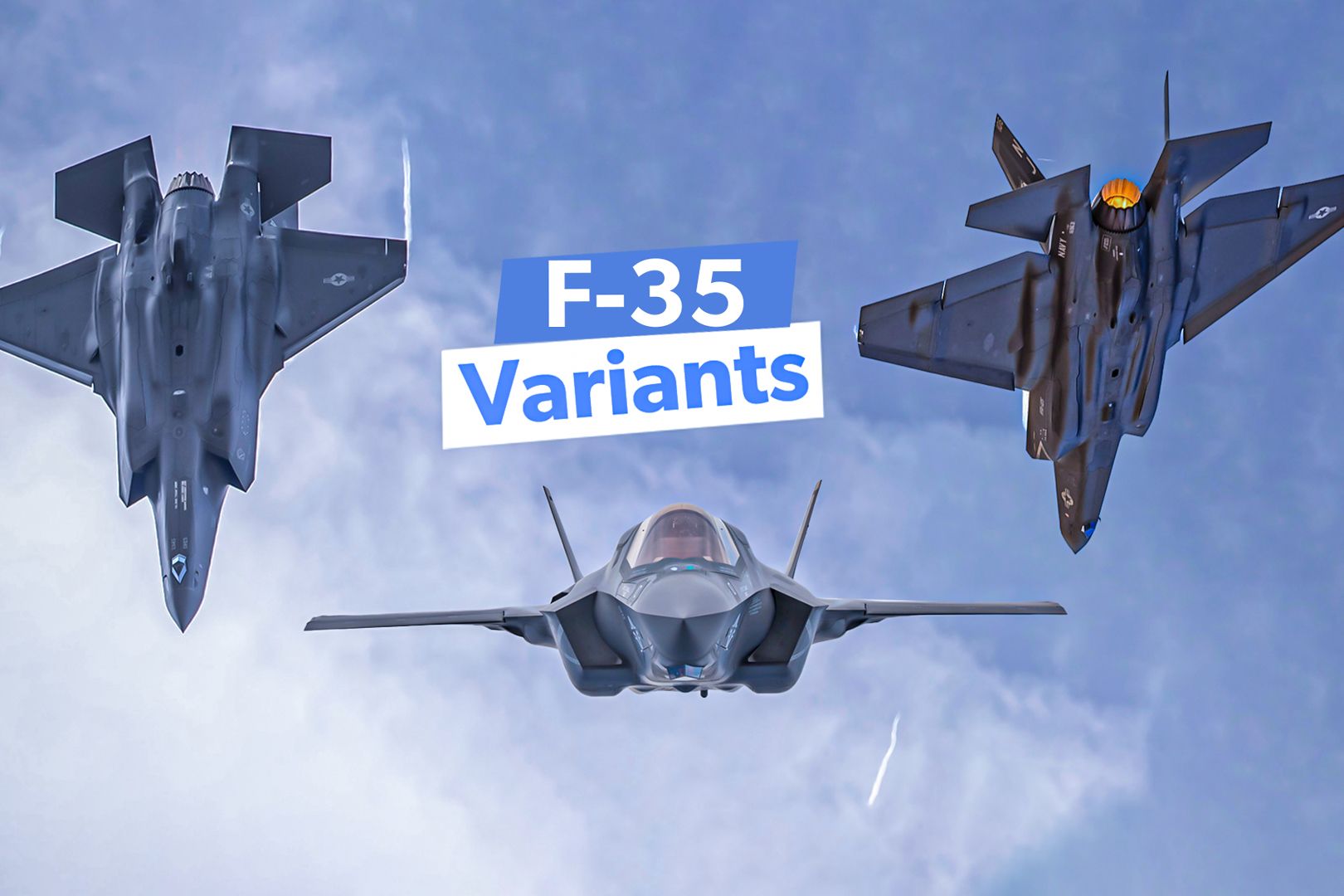
Related
How Are The F-35A, F-35B, And F-35C Lightning Variants Used By US Forces?
The F-35 stealth fighter has three very distinct variants optimized for three US service branches.
The Falkland connection
The Harriers became iconic in Royal Navy service when they were used against Argentina in the Falklands War of 1982. But that was over 40 years ago, and they are now getting old. The British retired their Sea Harriers in 2010 due to budget cuts without immediate replacement (the Royal Navy now has some F-35Bs in service on its new Queen Elizabeth-class carriers).
|
Harrier AV-8A Specifications |
|
|---|---|
|
Wingspan: |
25 feet 3 inches |
|
Empty weight: |
12,200 lbs |
|
Max takeoff weight: |
26,000 lbs |
|
Max speed: |
731 mph |
|
Engine: |
Pegasus 11 Mk 101 |
Besides the Harriers’ prominent role in the Falkland War, one of the most memorable events came in 1983 when a lost British Harrier from HMS Illustrious landed on and hitched a ride on a Spanish cargo ship in an event called the Alraigo Incident.
Photo: Dan Simonsen | Shutterstock.com
The British decommissioned their Harriers eight years earlier than planned. According to AIN, the Marine Corps purchased the British fleet of 72 BAE Harrier GR.9 fighters and spare parts for $180 million. This acquisition helped the Marines to keep their Harriers flying into the 2020s.
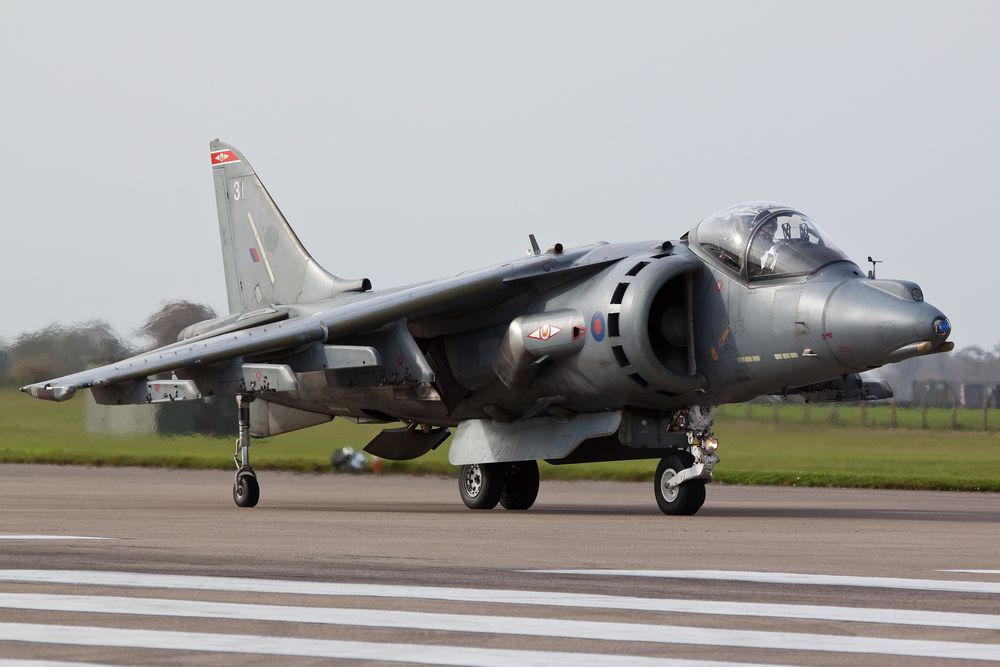
Related
Do Any Air Forces Still Use The Hawker Harrier Jet?
The versatile multi-role fighter aircraft is being phased out but will be around until 2030.
The final Harrier operators
Countries around the world are retiring the Harriers one by one. The British have retired them, as have the Royal Thai Navy and the Indian Navy. Besides the US Marines, the only other operators are the Spanish Navy and the Italian Navy. However, the Italian Navy is planning to retire its Harriers before the Marines in 2024 or 2025. The Italian Navy is also transitioning to new F-35B Lightning II fighter jets on its aircraft carriers.
|
Harrier retirement timeline: |
|
|---|---|
|
Royal Thai Navy: |
2006 |
|
Royal Navy: |
2010 |
|
Indian Navy: |
2016 |
|
Italian Navy: |
2024 or 2025 (planned) |
|
US Marine Corps: |
2026 (planned) |
|
Spanish Navy: |
2030 (planned) |
That will leave the Spanish as the final operators of the Harrier family. According to a recent Aerotime article, the Spanish Navy is committed to keeping its fleet of AV-8B+ Harrier jets operational until at least 2030. The Spanish have ten single-seat Harriers in good condition, and seven of them are deployed on Spain’s amphibious assault ship, the Juan Carlos I.
Photo: Atakan Divitlioglu l Shutterstock
The Spanish have contracts to support their Harriers until 2028 but also aim to keep them flying until 2030. The Spanish are also reportedly taking advantage of the spare parts made available by the deactivation of the Marines and Italian Harriers. The Spanish have not yet decided on a replacement for the Harriers, although the F-35B is reportedly being considered.

